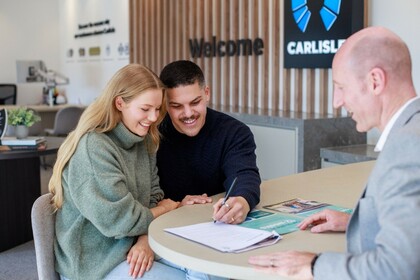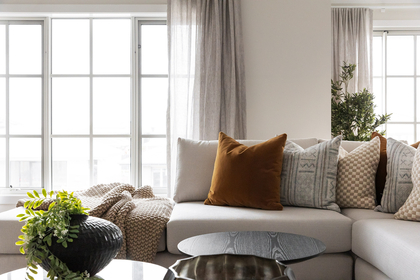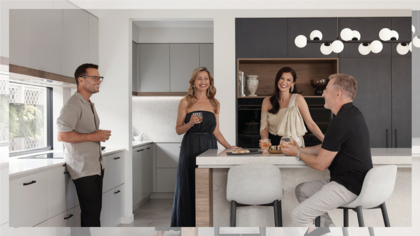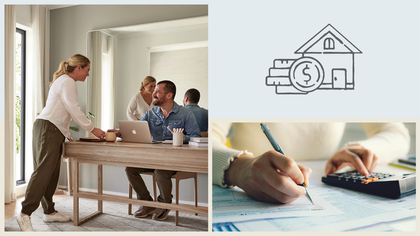
Wondering if you qualify for the $10,000 First Home Owner Grant in Victoria? Discover the eligibility criteria, how to apply, and how Carlisle Homes can help first-time buyers build smarter.
Welcome to our Home Finance section, where financial expertise meets practical advice to guide you through every aspect of managing and investing in your home. From navigating mortgage options and budgeting to understanding property taxes and maximizing your investment, our articles offer clear, actionable insights to help you make informed financial decisions.

Wondering if you qualify for the $10,000 First Home Owner Grant in Victoria? Discover the eligibility criteria, how to apply, and how Carlisle Homes can help first-time buyers build smarter.

Start your dream home with just $5K upfront. Carlisle’s EasyLiving Series offers affordable designs, fast build times, and finance support to help you enter the property market sooner.

Build your dream home this year with expert advice and a tailored plan to turn your vision into reality while achieving your homeownership goals.

Planning to buy your first home? Getting that first mortgage can be a daunting task. Here’s our helpful guide to securing your first home loan in 2021

Explore the pros and cons of buying a display home. Discover if this unique investment is the right choice for your next property purchase!

Like the idea of moving straight into a luxury, near-new home, without having to undergo the building process? If so, consider buying a display home.

Avoid hidden costs in knockdown rebuilds with expert tips on fixed price contracts, site assessments, demolition planning, and transparent budgeting.

Learn how to finance your knockdown rebuild with home loans, equity loans, and construction loans to fund your dream home with Melbourne experts.

Planning a new build with an existing mortgage? Here’s how you could finance your house and land package using a bridging loan. Find out more in our blog.

Thinking about a fixed price contract? Find out what that actually means for your property purchase and how it’ll assist you financially in our latest blog.

Learn about home valuations, their importance, and how they impact buying, selling, and refinancing—crucial for both built and unbuilt properties.

Looking for your next investment property? Find out why choosing a townhouse may be the best long-term investment to yield the best rental income.

Are you looking to buy your first home? Find out how much you need to buy a house in Melbourne, what you should know about the buying process, and your budget.

Learn about green home loans, offering reduced rates for energy-efficient homes. Discover how these loans benefit your budget and the environment.

Investment properties are a smart way to grow wealth. Learn key tips, benefits, and how Carlisle Homes supports your journey to financial success.
Carlisle newsletter
Sign up to get the latest news from Carlisle Homes including exclusive offers, new home designs, and the latest trends and inspiration.